Woodlands provide a natural health service
Slowly but surely the benefits of spending time in tree filled places are being given the recognition deserved. No one is suggesting that trees can heal people from illness outright, but there is enough scientific evidence to show that, as complementary therapy, spending time in tree filled places can deliver health and wellbeing benefits.
Spending time among trees as a way to combat stress and help save lives is becoming more widely accepted by the medical profession as an alternative to prescription drugs.
The Japanese practice of Shinrinyoku (forest bathing) became part of their national public health service in 1982. Encouraging the population to spend time among trees has been scientifically proven to lower blood pressure, slow heart rates, reduce stress hormone production, boost the immune system and improve general feelings of wellbeing..
We recently ran a 2 hour woodland wellbeing session, for adults and children, involving both in a range of activities to encourage connection with nature and the woodland using sight, smell and hearing senses.
At the end of the session we asked everyone to share how the woodland had made them feel and our woodland wellbeing participants shared how they felt on leaves made of card, which we then hung in the trees to gently flutter in the breeze.
What was interesting was that both children and adults experienced the same positive emotions, expressed quite simply by the children as feeling “happy” while the adults were more expressive with descriptions of feeling “rejuvenated”, “refreshed” and “peaceful”.
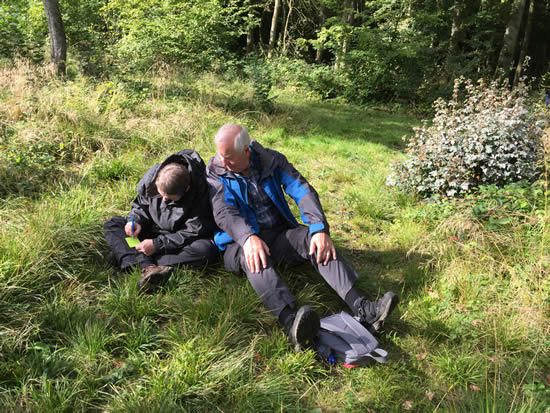
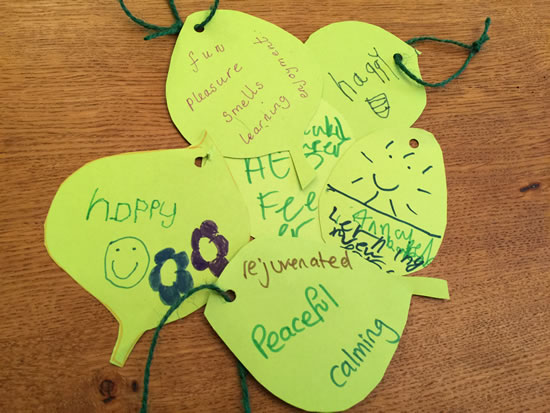
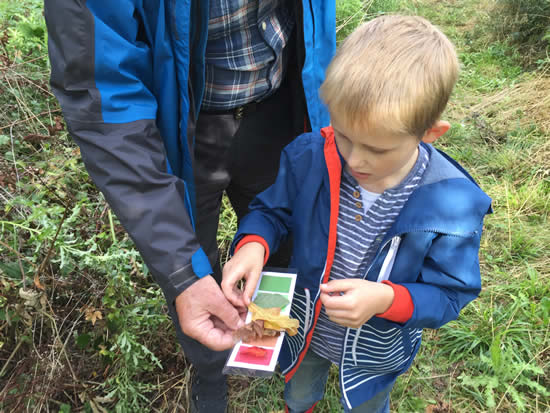
Getting closer to nature in woodlands can help people de-stress
Spending time in woodlands not only benefits people’s physiological and mental wellbeing, helping reduce blood pressure and anxiety levels, but encourages disengagement from unhelpful thoughts and preoccupations, replacing them with focus on experiences in the present moment.
In our Social Forestry sessions for adults, with the aim of promoting wellbeing, we bring together groups of people who get involved in a range of light woodland management tasks, nature surveys, craft work, foraging and cooking over a camp-fire.
We’ve attracted over 35 different adults to our Social Forestry sessions over the past two years and feedback from service users has consistently been very positive, paticularly in relation to improvements in physical and mental health and resilience.
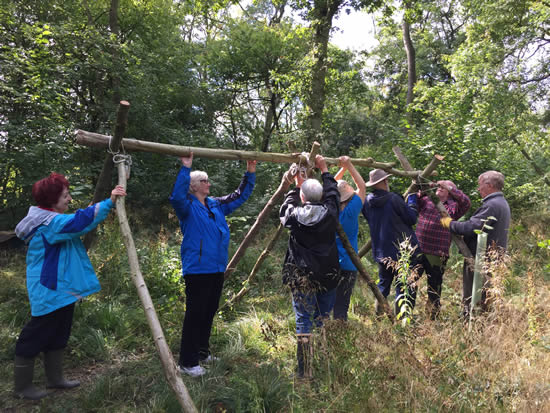
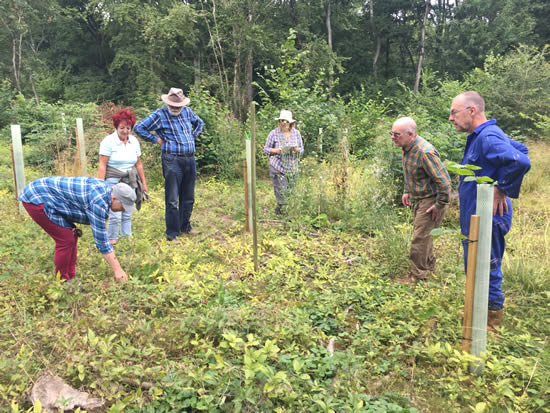
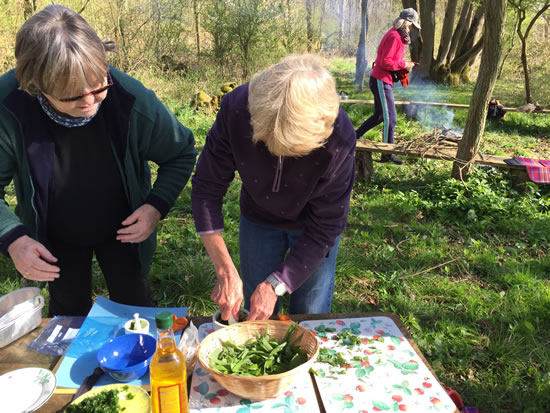
The reciprocal relationship between woodlands and humans
I particularly love an explanation I read recently of why humans have such strong connections with trees, based on similarities trees and humans share. Both humans and trees have an upright stance, both have the characteristic of a crown and both have mobile limbs stemming from a central trunk. Even the tubular bronchi in human lungs are visually similar to the root systems of many trees.
In my mind there is no doubt that a reciprocal and healing relationship between woodlands and man can be developed through engagement with practical woodland based tasks, over a period of time.
The actions of carrying out the woodland management tasks deliver wellbeing benefits to those taking part through physical effort and mental focus. Gentle walking, bending and stretching improve physical fitness for those involved in light woodland management tasks and spending time working as part of a group builds a sense of community, with in-built social benefits.
The beneficial relationship between woodlands and humans is bound up in how each cares for the other. It is no coincidence that humans have, over the centuries, looked to trees for medicinal healing purposes but also in pursuit of more spiritual aspects.
Feedback from our Woodland Working Party attendees for a research project by the University of Northampton, indicated a common thread expressed concerning deeper levels of “learning about myself”, an important step for deepening awareness and connection with self and also the natural world.
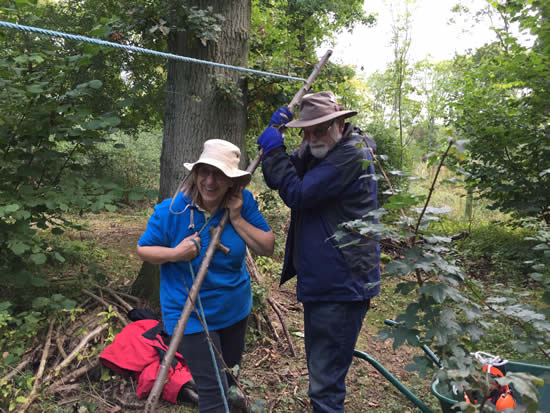
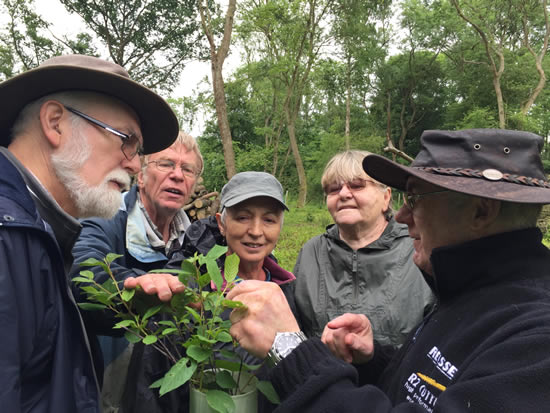
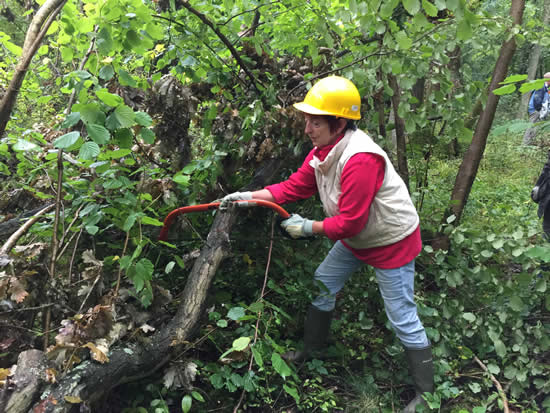
Social forestry and woodland wellbeing
Social Forestry is a working term related to health and well-being programmes run in a woodland setting. Social forestry sessions aim to build the self-confidence and self-esteem of service users, through encouraging social interaction, problem solving and teamwork.
Social forestry is also about promoting the reciprocal relationship between woodland and humans for mutual benefit. Session content depends on the interests and capabilities of the service users who are involved and may include the following:
- Biodiversity surveys and plant/animal/insect identification
- Clearance of invasive plants, e.g. brambles
- Drawing, painting, photography
- Green woodworking.
- Foraging and cooking on a campfire;
Each of the activities during a social forestry session will involve some element of physical activity, even if only minimal. However, we have observed that the ongoing appeal of social forestry sessions for participants happens through their motivation to improve the woodland, learning new skills as required.
Supporting attendees to participate fully in the social aspect of sessions is important and even those who find social interactions challenging can be found activities that contribute to the benefit of all.
Social Forestry sessions not only provide a great model for getting people outdoors to benefit their wellbeing but provide plenty of opportunity for relaxation and shared laughter, promoting lots of smiling from the inside.

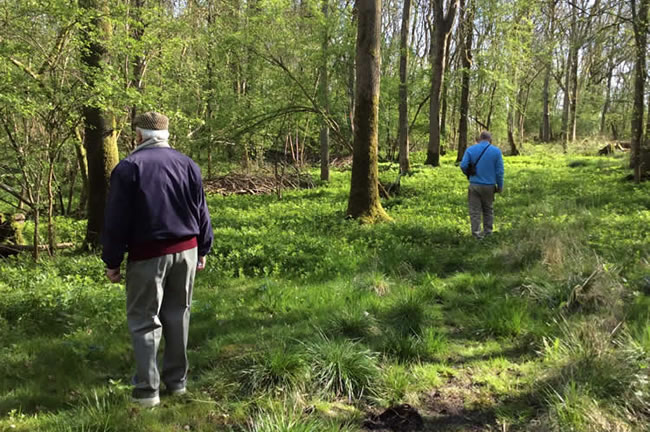
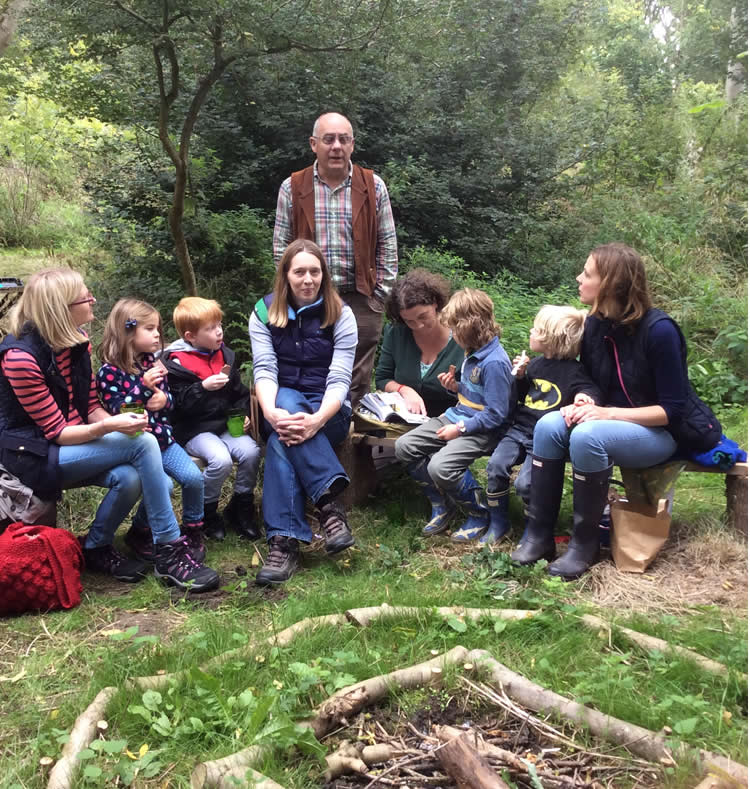

Recent Comments